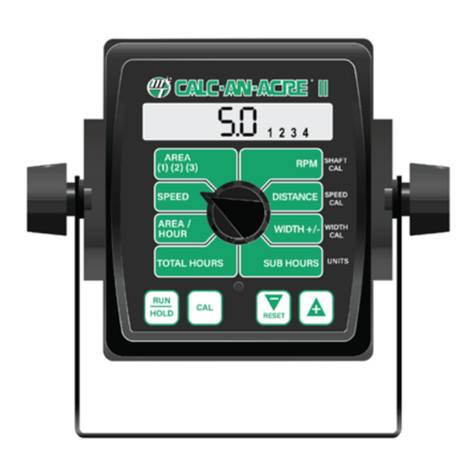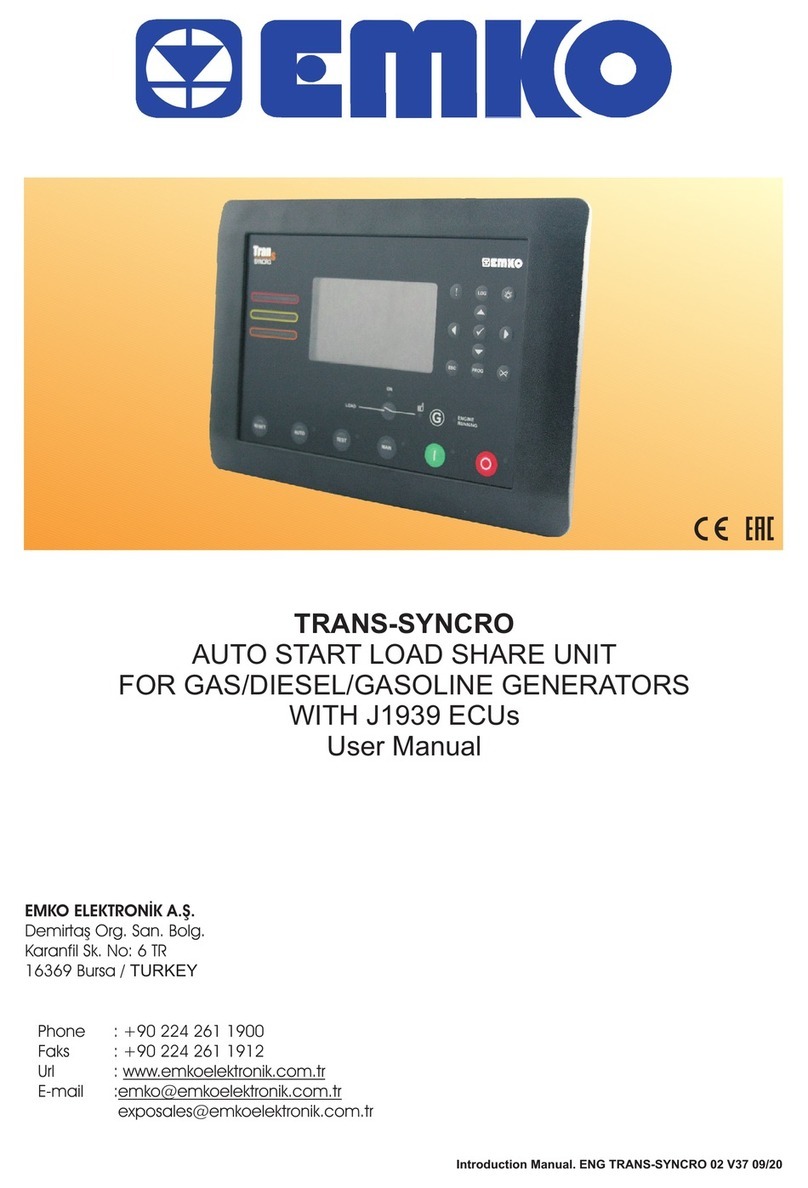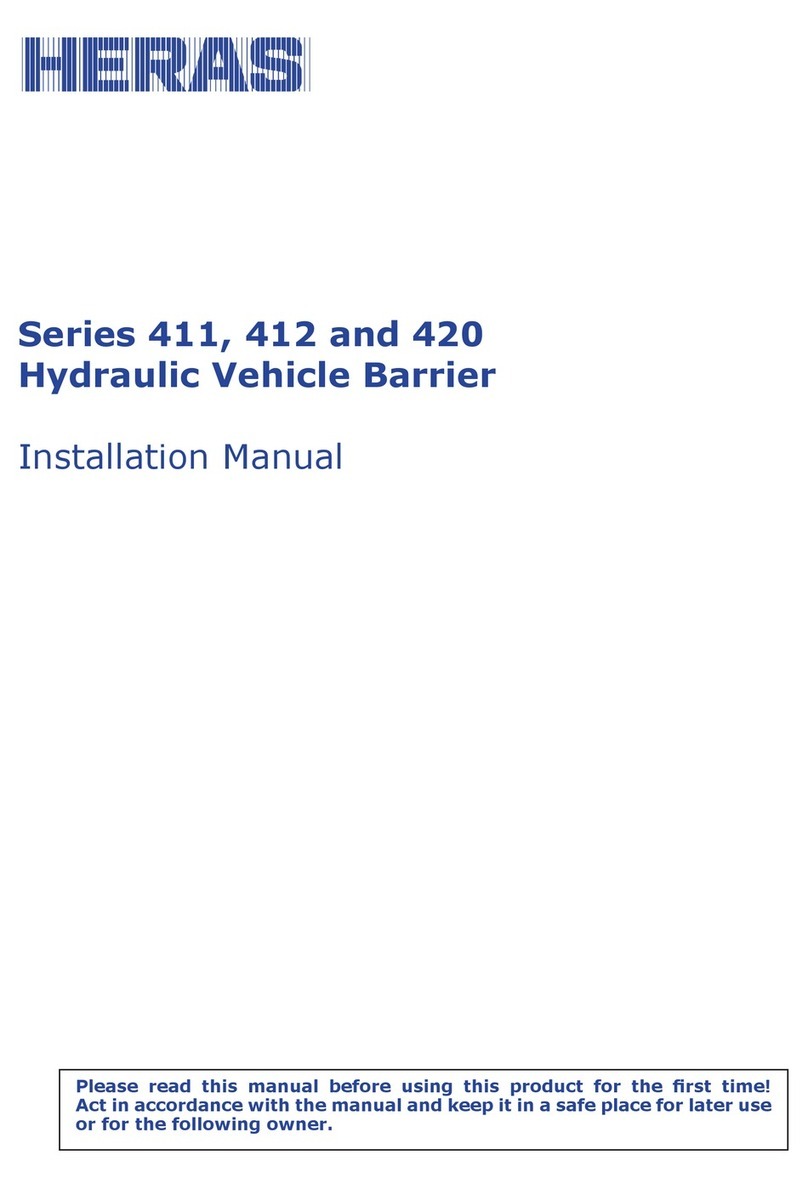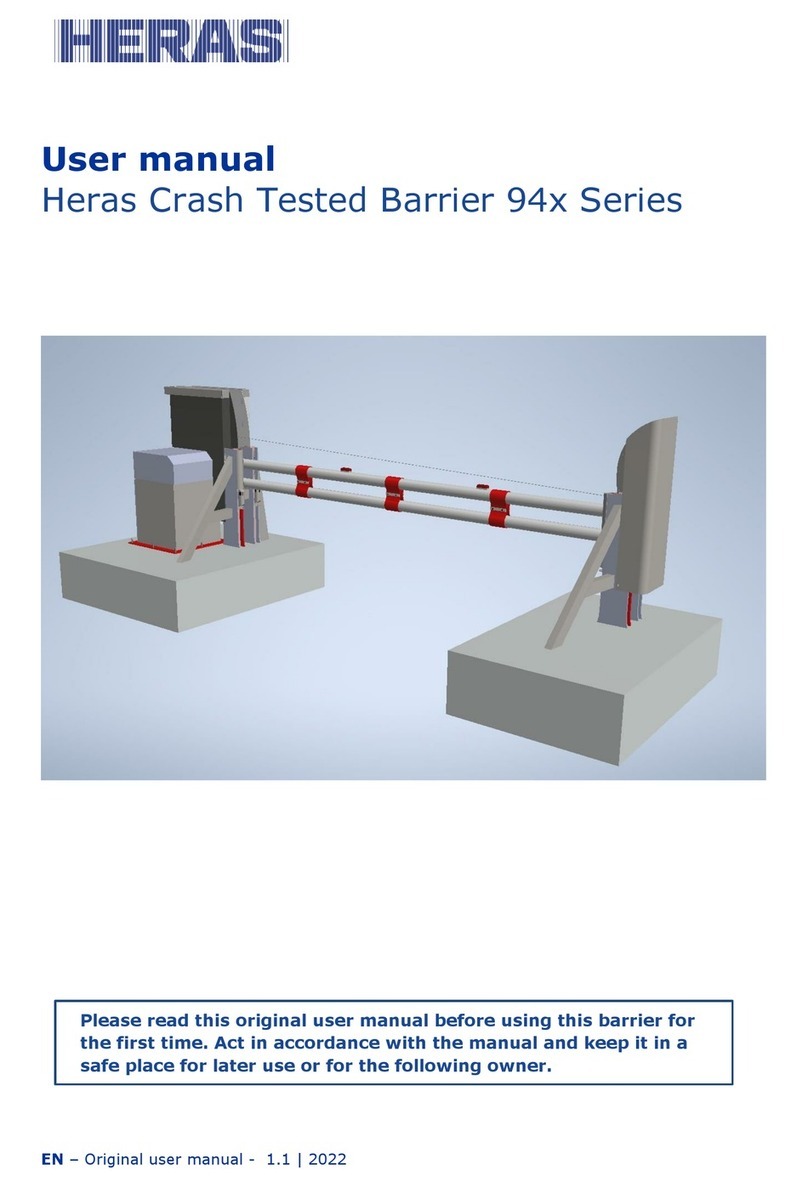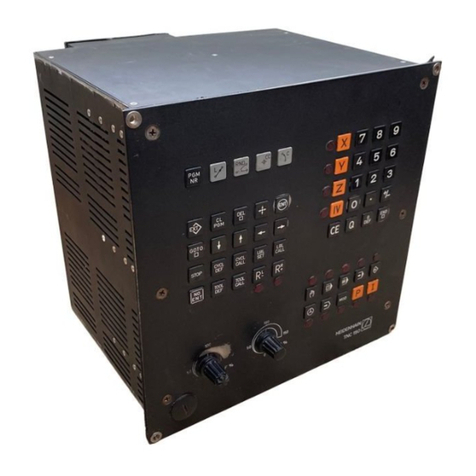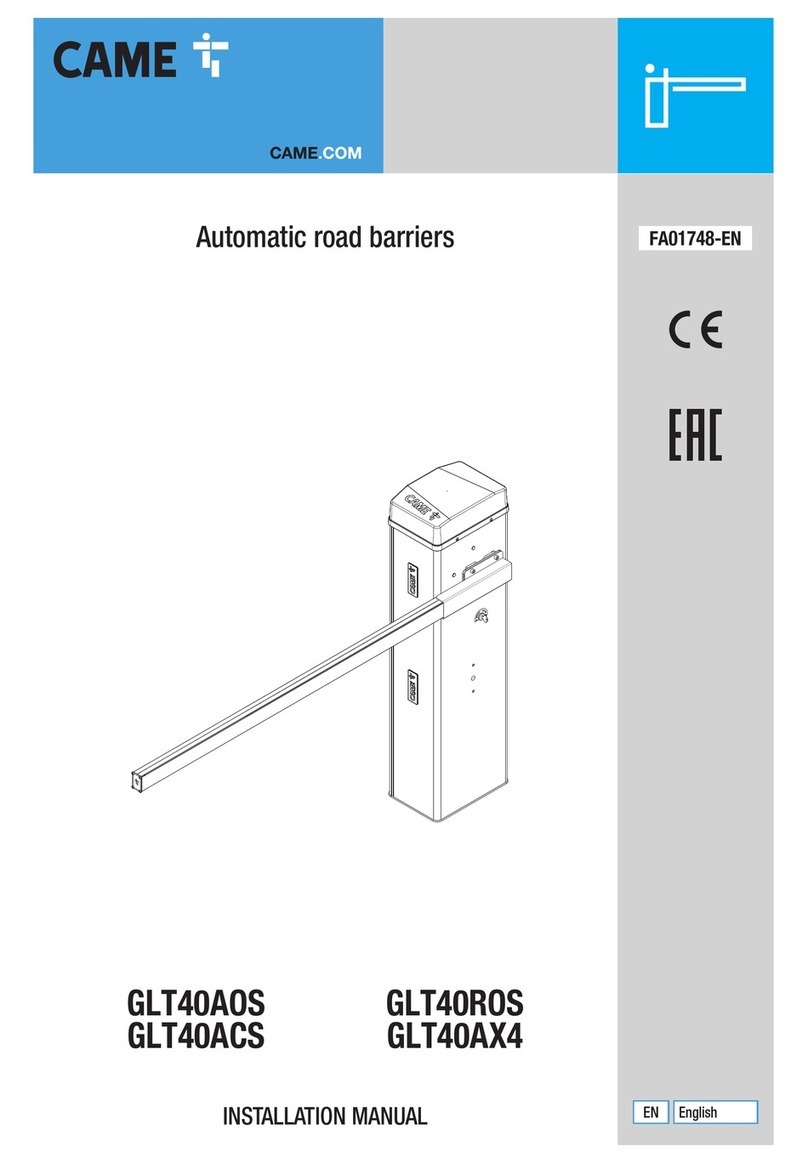
EN – Translation of the original user manual -1.0 | 2021
5.4 LCD DISPLAY........................................................................................... 22
Operating mode display ...................................................................... 22
Sensor display................................................................................... 23
Error/event display ............................................................................ 24
Selecting the menu system ................................................................. 25
Menu system..................................................................................... 25
Entering the password ........................................................................ 25
5.5 MENU OVERVIEW..................................................................................... 27
5.6 MENU STRUCTURE, DISPLAYED TEXTS AND REFERENCES............................... 28
5.7 SETTING THE NATIONAL LANGUAGE ........................................................... 33
INSTALLATION OF THE CONTROL SYSTEM ................................................... 33
6.1 ELECTRICAL CONNECTION ........................................................................ 33
6.2 POWER SUPPLY FROM THE ELECTRICITY GRID.............................................. 34
Connection of the motor ..................................................................... 34
6.3 CONNECTING THE INPUTS AND OUTPUTS .................................................... 34
Supply of external devices with 24 VDC .................................................. 35
6.4 OPERATING DEVICES AND LIMIT SWITCHES ................................................ 35
Limit switches ................................................................................... 36
Operating keys for hold-to-run operation............................................... 37
Stop function .................................................................................... 37
Operating keys OPEN.......................................................................... 38
Operating keys CLOSE ........................................................................ 38
Control element switchover impulse pushbutton (toggle) ......................... 38
6.5 FIXED SAFETY CONTACT STRIPS ................................................................ 39
Fixed safety contact strips in close direction SKL) ................................... 39
Light barrier ...................................................................................... 39
Connecting a light barrier.................................................................... 40
Overview installation plan of the inputs ................................................. 41
6.6 RELAY OUTPUTS ...................................................................................... 41
6.7 RADIO RECEIVER AND ARIAL ..................................................................... 42
PROGRAMMING AND SETTINGS ................................................................... 44
7.1 CHANGING THE DIRECTION OF ROTATION OF THE DRIVE............................... 44
7.2 SET BARRIER BOOM LENGTH ..................................................................... 44
7.3 REFERENCE RUN...................................................................................... 45
7.4 DETERMINE THE MAXIMUM SWITCH-OFF THRESHOLD OF THE MOTOR POWER... 46
7.5 DETERMINE THE MOTOR POWER OFF THRESHOLD FOR SLOW MOVEMENT ........ 46
7.6 CONNECTING FLASHLIGHTS ...................................................................... 47
7.7 BARRIER STATUS INDICATIONS................................................................. 47
7.8 SETTING THE TIMERS ............................................................................... 47
Hold-open time.................................................................................. 48
Closing from intermediate positions ...................................................... 48
Closing run shortening with a light barrier ............................................. 49
7.9 MAINTENANCE EVENTS............................................................................. 49
Cycle counter .................................................................................... 49



